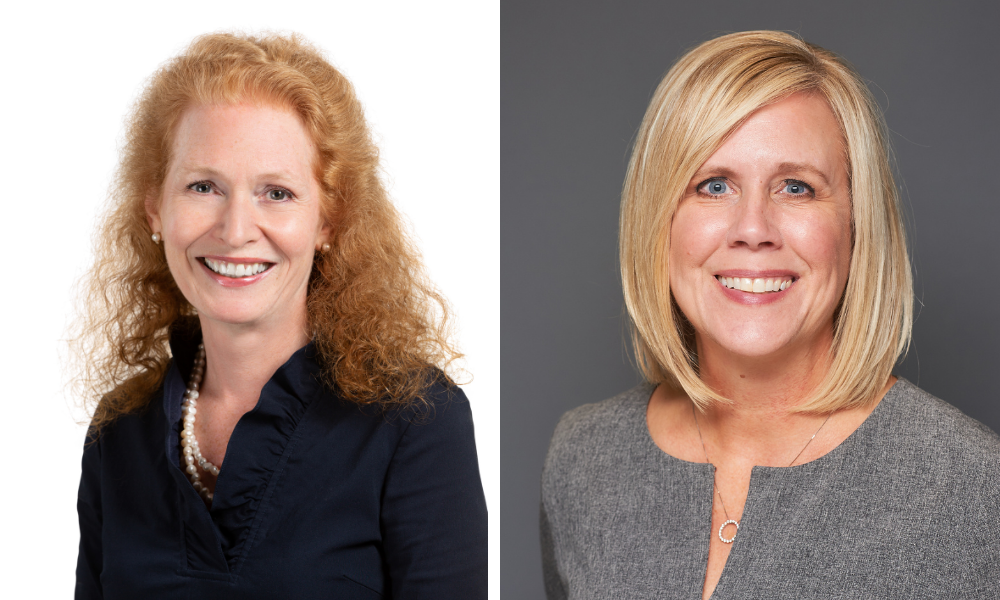Time capture tools critical arrow in quiver of law firm software

This article was produced in partnership with Advanced.
The heart of the legal profession is multilayered: great service, document management, a way to efficiently search for conflicts, and the ability to capture time, says Neil Oberman, lawyer and shareholder in the Civil and Commercial Litigation group at Spiegel Sohmer in Montreal. And those also serve as the fundamental pillars on which a law firm’s technology stack is built.
“We're very particular about how we implement new platforms in our firm because we need to make sure they are used for the appropriate intention, which is to facilitate a more efficient and collaborative approach,” Oberman says. “It's a delicate balance because there are many who don't necessarily embrace technology. They see artificial intelligence or other sophisticated platforms as a way to replace them or limit them in terms of growth, but we are very cognizant of people's sensitivities. When we implement something, it's with the view of helping them and ensuring their stability within our structure.”
At Loopstra Nixon LLP, especially since COVID, “there’s been significant changes in technology and we're mostly looking at software that has automation,” says Belinda Fallavollita, IT Manager at the firm.
“We want to free up lawyer and staff time so they’re able to focus on more complex work,” she says.
Technology is not the enemy
At the end of the day, the legal profession is a customer service business and while lawyers must be physically available and mentally involved with their cases, “you also have the obligation of rendering that service to your client in an efficient manner,” Oberman says. “I like to tell my junior colleagues that if you want to make your life better, and you want to make the quality of your service better, technology is your friend.”
When evaluating a potential new technology, Oberman and Fallavollita say functionality is crucial. Is it user-friendly — “If we can sell it as a simple tool that they can learn quickly and doesn't take away from their billable time to adapt to this new software that's always key,” Fallavollita says — and how does it integrate with what’s already in use? Security is also a factor, with client confidentiality always top of everyone's list. But one of the biggest considerations is the cost versus return on investment.
“Every firm has budgets for technology, it's not unlimited,” says Oberman. “We're a midsize firm but we're extremely proactive in ensuring that our technology keeps up with the bigger firms, because this is how we gain advantage in the market: by having all of the technological means available to the larger multinational firms.”
Heading to the cloud
Both firms had begun to migrate base infrastructure to the cloud prior to the pandemic, but one of the biggest lessons from that time is that the future lies with cloud-based services. People want better work-life balance, they don’t want to be tied to the office, and the focus has been on greater flexibility to access data and applications from any device.
Fallavollita says Loopstra Nixon operates on the cloud with Office 365 and Carpe Diem, which have helped the firm grow: they now have multiple locations and are “in constant communication with our departments to find their pain points and determine what solutions are out there that can enhance their efficiency and give them more of that flexibility.”
“Cloud-based services make the office partially obsolete in the sense that it gives you a broader office on the cloud,” Oberman says, noting another benefit is that it shifts structural responsibility to the supplier as opposed to housing servers within the firm and maintaining them internally.
“Given the fact that we are on the cloud, there really is no fundamental difference for end users at home: it allows for seamless, continued work,” Oberman says. “People can work anywhere, anytime, and under any circumstances. Period.”
The fourth pillar: capturing time
Lawyers may not be able to add more hours to the day, but they can endeavor to capture every second of the time they do have. That’s where innovative software like Carpe Diem fits into a firm’s tech stack, as it literally allows lawyers to effortlessly and accurately “seize the (billable) day.” Both firms find it an indispensable support for what can be a tricky issue.
“Time capturing has been and continues to be a very important focus for us here at the firm,” says Oberman. “The challenge is to make people understand that they need to put their time into the system: some junior lawyers use quite a bit of discretion in what they believe is a chargeable event. We promote independent thinking, but there must be a process by which we capture the time and then the partner who's in charge of the file will determine whether or not it’s billed to the client.”
Carpe Diem hit all the criteria both firms look for. Its benefits include a user-friendly interface and features like the mobile app have only increased in popularity, allowing lawyers to capture their time on the go. Carpe Diem integrates seamlessly with other key software applications and boasts popular features that enhance lawyers’ ability to efficiently track their time. One example is SmarTimers – stopwatch-like functionality for capturing billable activity that Fallavollita says has been a hit from the beginning, “and that's just increased with time and as it's gotten better over the updates.”
Carpe Diem also incorporates a new feature called TimeFinder that automatically collects and suggests billable activity instantaneously through integrations with the source applications that lawyers utilize, such as Outlook, Teams, and Document Management Systems (DMS) like NetDocuments, as opposed to the end user inputting manually. Relieved of the burden of having to try and recreate their week by piecing together a busy schedule, “we have the ability to collect data without the intervention of humans, which reduces inefficiency,” Oberman says.
Fallavollita, a proponent of Carpe Diem since 2017, says moving to the cloud was the biggest improvement she’s seen for the tool, and Oberman agrees, noting that the cloud-based version of the software facilitates what is at its most basic “a journal of your professional relationship with your client.”
“I do some of the training in the office and I tell people that time tracking is not only a function of billing, it's a storybook: it gives you the ability to keep track not only of the chargeable events, but the factual events surrounding the chargeable events, which protects the lawyer and the client,” Oberman, also a long-time user of Carpe Diem, says. “Time tracking is to keep people efficient, on time, and oriented towards our professional goals and I am very pleased with how Carpe Diem helps us do that. The service is good, the platform is good — it's a fine piece of backend software for us.”
To sum it up, Oberman says “having robust time charge systems allows the partners as well as those looking at budgets to better assess how to bill, when to bill, and where to bill.” And Fallavollita agrees, bringing it back to the bottom line.
“Having an effective time capture ensures that all billable hours are recorded. That brings in increased revenue for our firm, and having the smallest impact in our time tracking makes a significant financial impact.”









